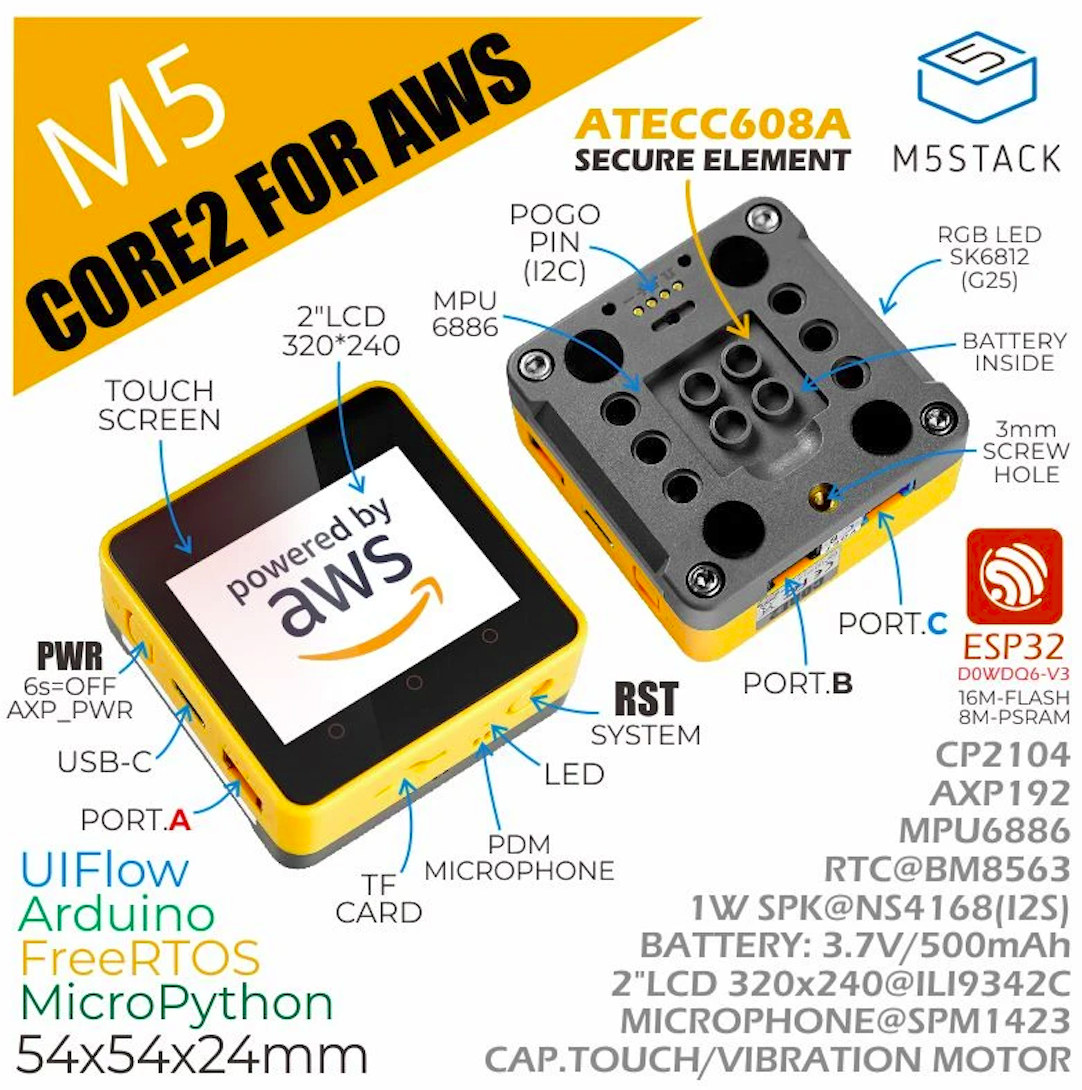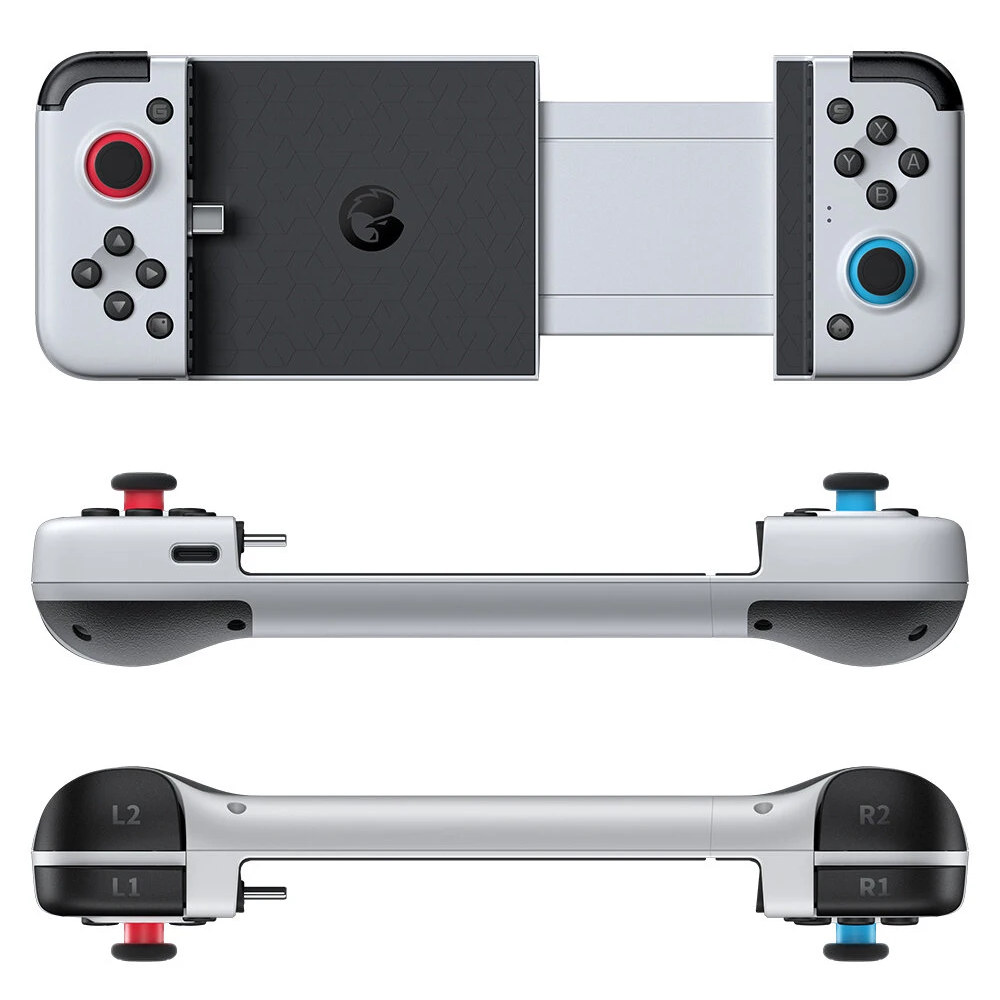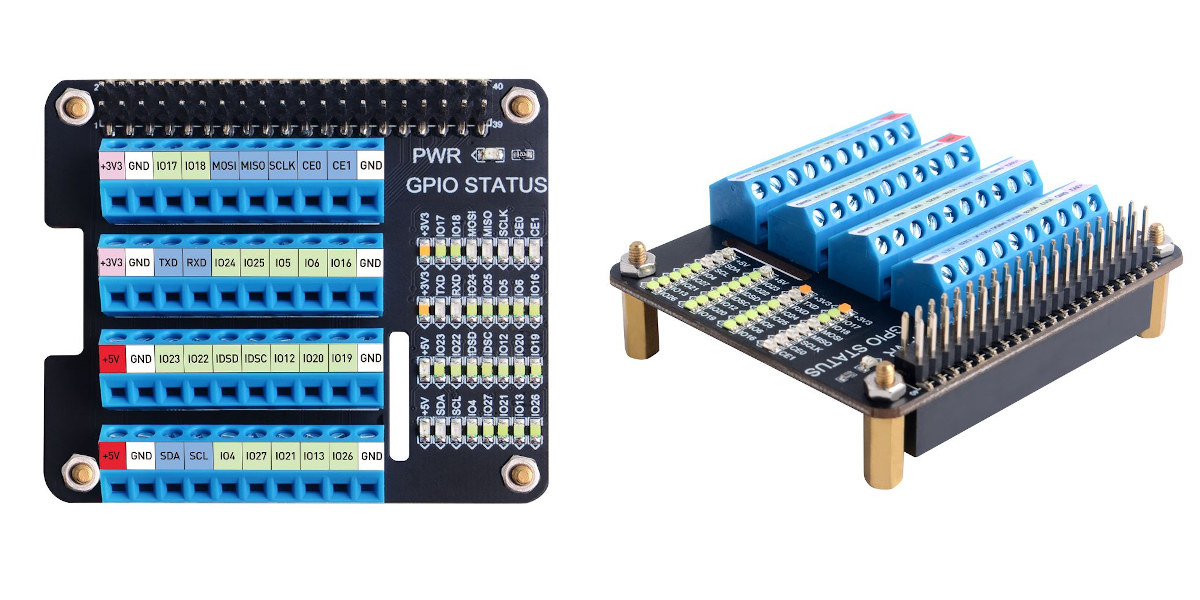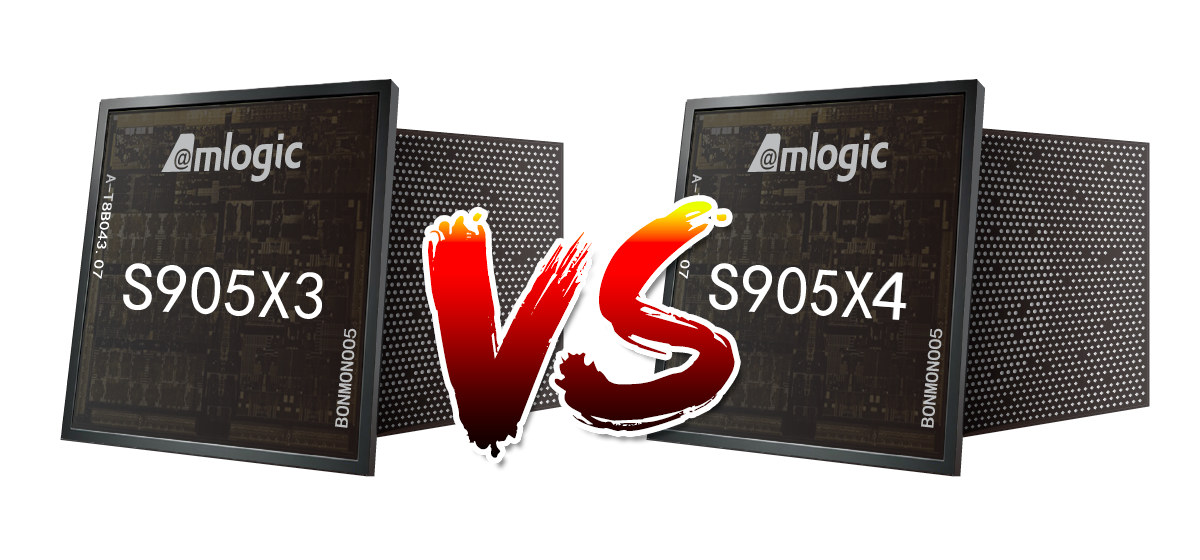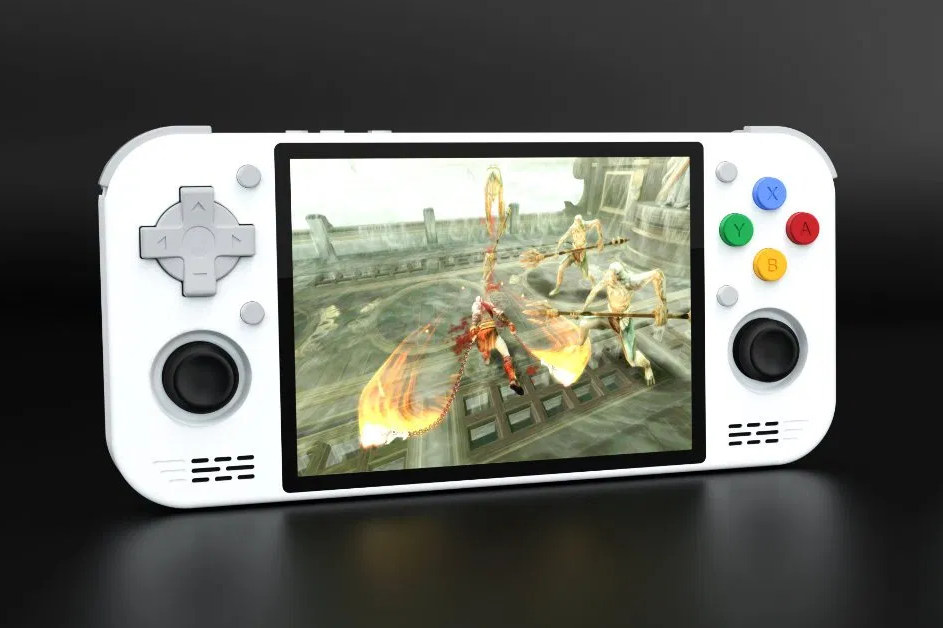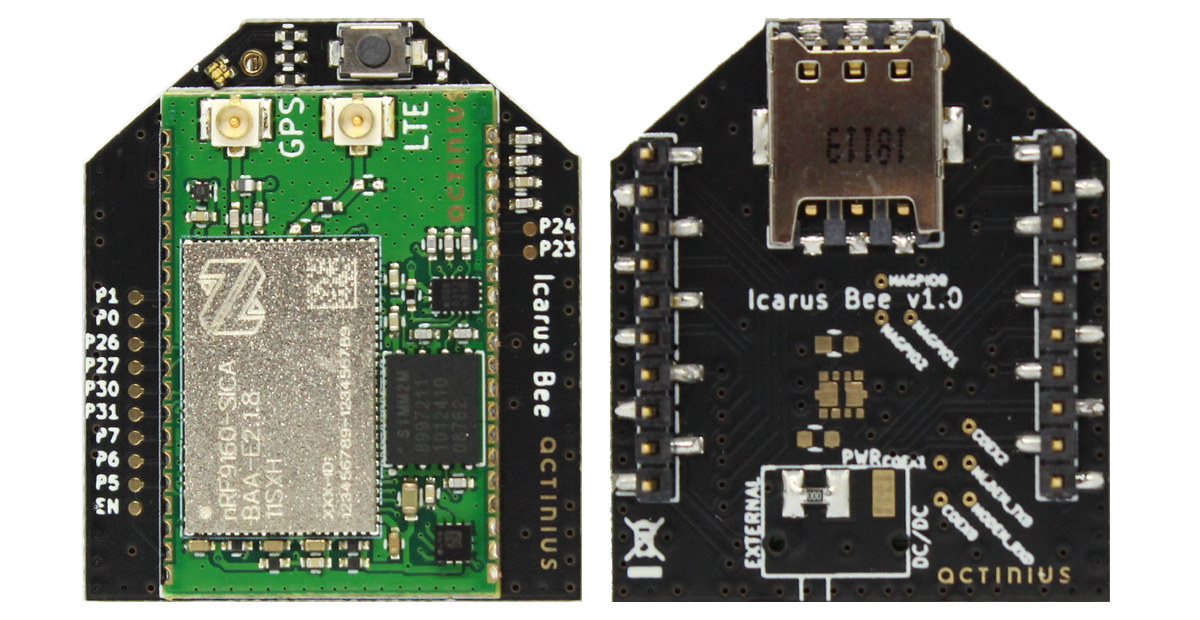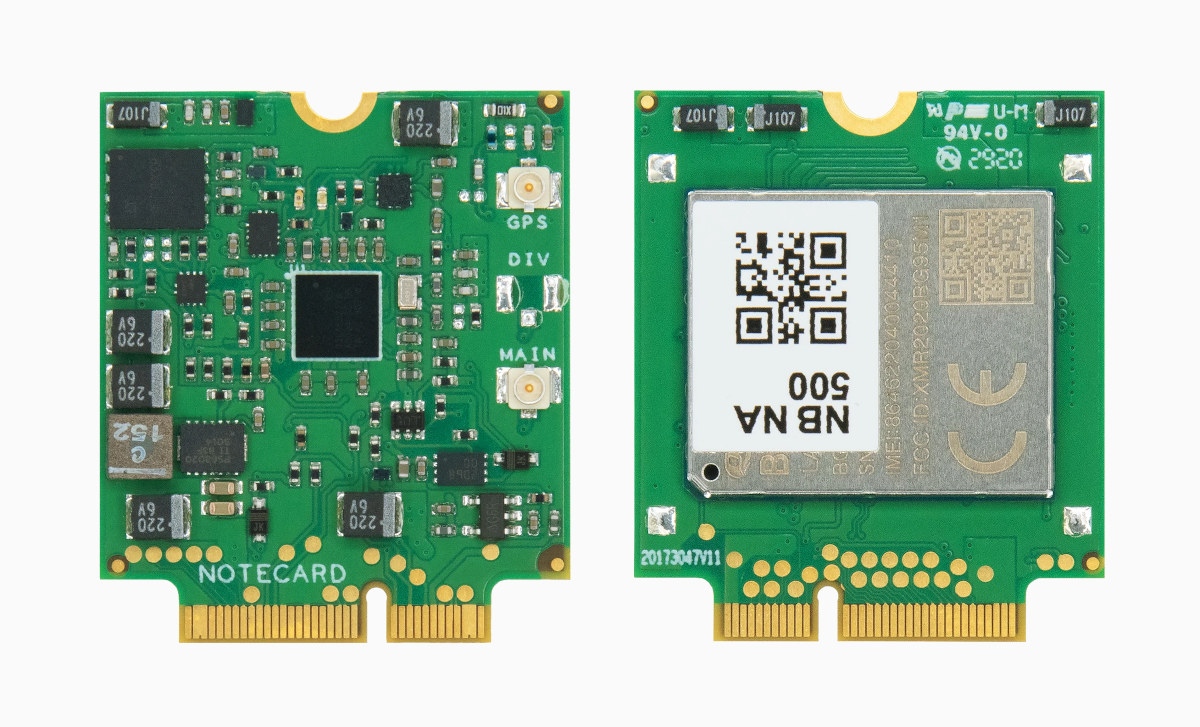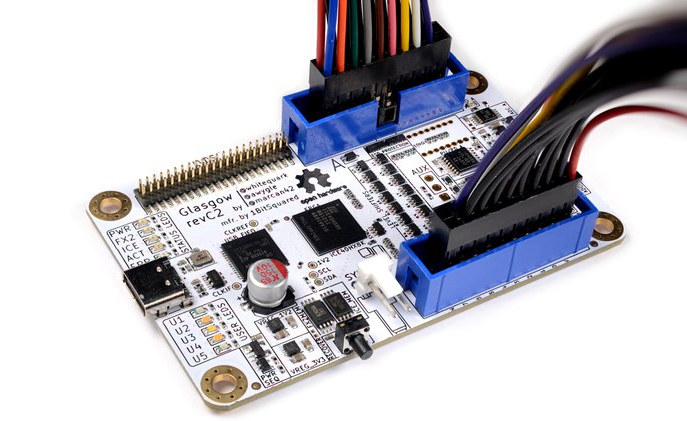M5Stack Core2 is a neatly packed ESP32 IoT development kit with a 2-inch touchscreen display, motion sensor, a microphone., and a built-in battery that was launched last September. The hardware has been selected by Amazon Web Services and gone through some small modifications including the addition of a secure element, and a yellow paint job giving birth the the “AWS IoT EduKit” hardware and software solution designed to “learn how to build IoT applications using AWS services through a prescriptive learning program”. M5Stack Core2 for AWS IoT EduKit specifications are pretty similar, but with a few tweaks here and there: SoC – Espressif ESP32-D0WDQ6-V3 dual-core Xtensa LX6 processor clocked at up to 240MHz with 520KB SRAM, Wi-Fi, and dual-mode Bluetooth connectivity External Memory – 8MB PSRAM Storage – 16MB flash storage, MicroSD card slot up to 16GB Display – 2-inch IPS LCD screen with 320×240 resolution (ILI9342C driver), and touchscreen […]
GameSir x2 Type-C game controller transforms your phone into a gaming console
In recent days, we’ve written about Arm-based portable retro-gaming consoles running Linux or Android with products such as ODROID-Go Super and KT R1. The former is affordable at $80, but people may complain about performance, while the latter is much more powerful, but is expected to cost around $200. If you’d like a rather powerful portable retro-gaming console, but don’t plan to spend more than the $80 asked for Odroid-Go Super, you could always connect your smartphone to GameSir x2 gamepad/game controller that brings most of the same buttons and joysticks through the USB-C port of your phone and sells on Banggood for $69.99 shipped. GameSir x2 key features and specifications: Host interface – USB-C port that can rotate by up to 51° during installation Max phone length – 167 mm User inputs – 2x analog joysticks, D-Pad, XYAB buttons, L1/2 and R2/3 buttons, home button Power Consumption – Around […]
GPIO screw terminal HAT for Raspberry Pi adds LEDs and GPIO markings
Screw terminals provide a more secure way of connecting wires to products that may be exposed to vibrations and shocks, and in the past, we’ve seen Pi-oT MKR module enclosure that routes Raspberry Pi GPIO’s to screw terminals, and also happens to include a breadboard area. 52Pi has come up with another product with screw terminals designed for Raspberry Pi boards, but more geared towards education as the company’s “GPIO screw terminal HAT for Raspberry Pi” exposes all I/Os from the 40-pin expansion headers and adds an LED to each pin. That means you don’t need to search for “Raspberry Pi pinout diagram” on the web or reach out for a printout each time you plan to wire your project as the main function of each pin is clearly marked on each screw terminal. It’s an easy way to teach about GPIO since the LED will be turned on and […]
Amlogic S905X3 vs S905X4 – Features Comparisons
AV1 capable Amlogic S905X4 processor has been expected for more than a year, and only now are we starting to see announcements of S905X4 TV boxes and development kits. So it may be a good time to compare the features of the new Amlogic S905X4 processor again its predecessor, namely S905X3, and see if there are other notable differences apart from support for AV1 open video codec. We’ll use data from S905X3 specifications, S905X2 vs S905X3 comparison, and a post on SDMC LinkedIn page. Amlogic S905X4 will be slightly faster due to the higher (default) maximum CPU frequency of 2.0 GHz, but most people will not notice the difference. S905X4 is supposed to support Vulkan 1.1, while S905X3 does not, but I believe this is just due to more up-to-date Android SDK, and not differences in the silicon itself. S905X4 supports Nagra DRM, a more recent version of HDCP, and […]
KTR1 high-performance Amlogic S922X portable gaming console coming soon
Hardkernel recently unveiled plans to launch ODROID-Go Super portable retro-gaming console with a larger 5-inch display at the end of January. The console is still based on the relatively low-end Rockchip RK3326 quad-core Cortex-A35 processor coupled with just 1GB RAM found in ODROID-Go Advance. It does the job for the emulators targetted by the platform, but for a wider range of emulators, a faster processor, and more memory would be nice to have. That’s what the developers of KTR1 portable game console aim to achieve with a much more powerful Amlogic S922X hexa-core Cortex-A73/A55 processor and up to 4GB RAM. KTR1 preliminary specifications: SoC – Amlogic S922X hexa-core big.LITTLE processor with 4x Arm Cortex A73 cores @ up to 1.8 GHz, 2x Arm Cortex A53 cores @ 1.9 GHz, Arm Mali-G52MP4 GPU @ 846MHz; 12nm manufacturing process System Memory – 2GB or 4GB LPDDR4 RAM Storage – 16 to 128GB […]
Actinius launches nRF9160 SoM and XBee module with NB-IoT, LTE Cat-M, and GPS
Last year, Actinius launched Icarus IoT Board equipped with nRF9160 SiP providing GPS & NB-IoT connectivity in Adafruit Feather form factor. The company is now back with more compact Nordic Semi nRF9160 hardware, namely the tiny 28×18.5mm Icarus SoM with built-in eSIM, as well as Icarus Bee XBee module that incorporates Icarus SoM plus a nano-SIM slot, as well as an RGB LED and a user button. Icarus SoM The module comes with the following specifications: SiP – Nordic Semi nRF9160-SICA system-in-package with Arm Cortex-M33 MCU, 1024 KB flash, 256 KB SRAM, and LTE-M (eMTC), NB-IoT, and GPS connectivity Storage – 64Mbit SPI flash On-board eSIM Antennas – 2x u.FL connectors for LTE and GPS Sensor – Accelerometer I/Os – 2x 20 castellated holes with GPIOS, I2C, SWD, Reset, SIM card signals, and power pins Supply Voltage – 3.3V Dimensions – 28 x 18.5 mm The multi-layer module is designed […]
Notecard LTE Cat-M / NB-IoT M.2 modem sells for $49+ with 10 years of connectivity
If the IoT is ever going to take off, it needs low-cost hardware and connectivity. LoRaWAN is free, apart from the hardware costs, but for projects that need wider coverage and/or higher bitrate cellular connectivity is the way to go and we’ve seen in the past that Hologram offers a free developer SIM card for global IoT projects plus some low-cost cellular IoT plans, as well as 1CNE plans to offer a 10-year plan for 10 Euros. Blues Wireless has taken a different approach as they combine hardware and cellular connectivity with their Notecard LTE-IoT modems (LTE Cat 1/Cat M or NB-IoT) shipping for 10 years of connectivity for up to 500MB data. Notecard has four variants with the following key features and specifications: MCU – Arm Cortex-M4 MCU with 2MB flash Cellular connectivity NOTE-NBGL-500 – Narrowband Cat-M/NB-IoT/GPRS (Global) via Quectel BG95-M3 modem NOTE-NBNA-500 – Narrowband Cat-M/NB-IoT (North America) via […]
Glasgow Interface Explorer is an iCE40 FPGA based hardware debugging tool (crowdfunding)
We’ve seen some pretty interesting boards for hardware hackers and reverse engineers in recent months with the likes of Ollie and Tigard USB debug boards that allow interfacing various hardware interfaces and/or flashing firmware to different types of target boards. Here’s another one: Glasgow Interface Explorer. Based on Lattice Semi iCE40 FPGA, the board is described as being “designed for hardware designers, reverse engineers, digital archivists, electronics hobbyists, and anyone else who wants to communicate with a wide selection of digital devices with minimum hassle”. Glasgow Interface Explorer specifications: FPGA – Lattice Semiconductor iCE40HX8K FPGA USB – 1x USB-C port connected to FX2 high-speed USB interface capable of 480 Mbps throughput I/O headers 2x 8-channel I/O banks with 16 highly flexible I/O Each I/O bank comes with A dedicated programmable linear voltage regulator, configurable from 1.8 V to 5 V and providing up to 150 mA of power A dedicated […]

